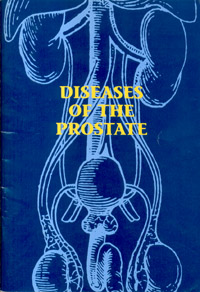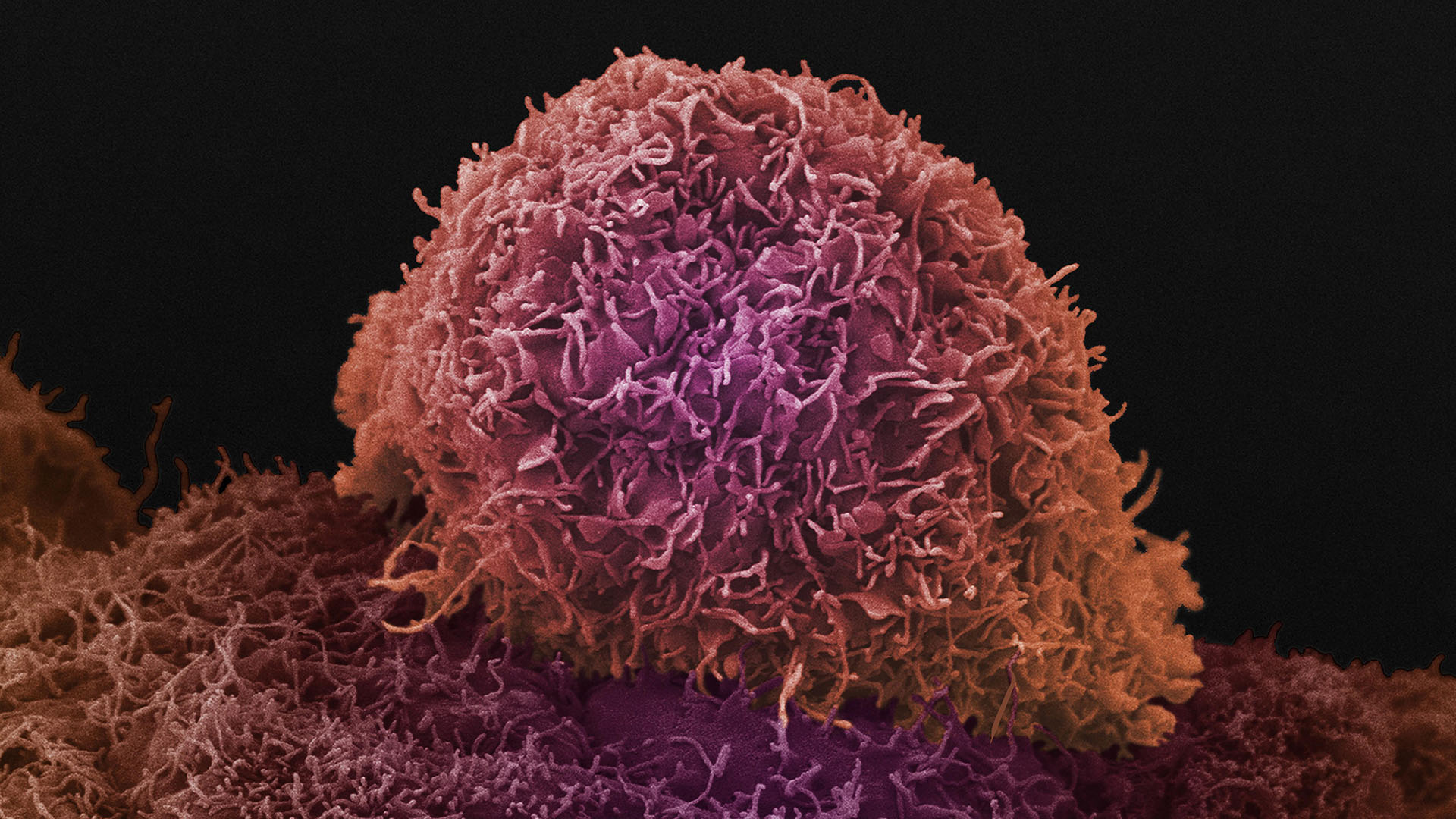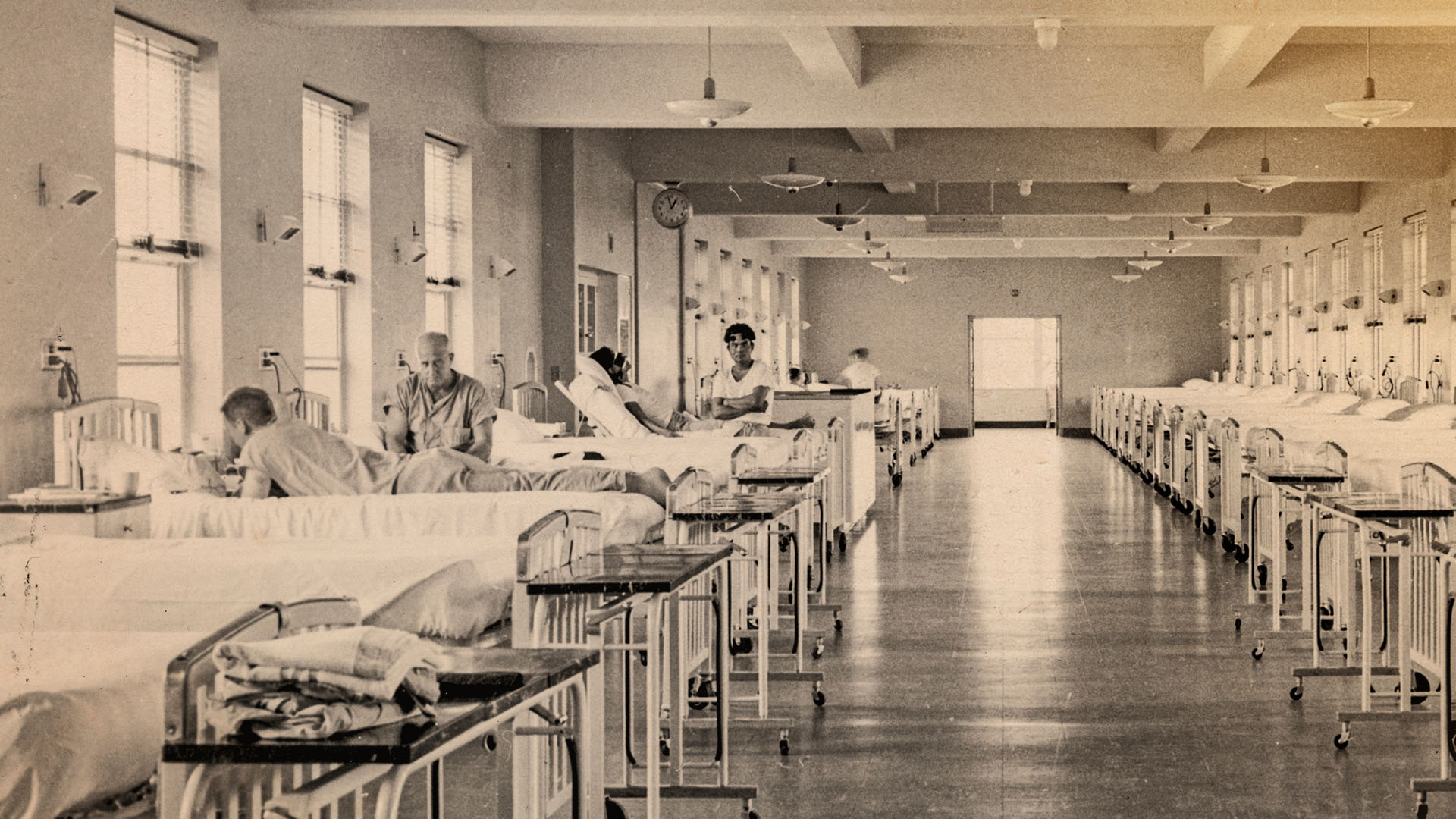Sign up to our newsletter Subscribe
Challenges and Solutions for Budget Impact Analysis of Gene Therapies

The majority of men possess little knowledge concerning the prostate gland. Information about the prostate, in particular the potential medical problems, the available treatments, and even its location, is unfamiliar to most men. This ignorance is somewhat surprising considering the significant number of…
The majority of men possess little knowledge concerning the prostate gland. Information about the prostate, in particular the potential medical problems, the available treatments, and even its location, is unfamiliar to most men. This ignorance is somewhat surprising considering the significant number of men afflicted by prostatic problems. Every year some 50,000 men have a prostate operation in Britain, with over six times this figure visiting their doctor with prostatic symptoms requiring treatment or monitoring.
What is the prostate?
The adult prostate gland is approximately the size and shape of a chestnut, weighing about twenty grammes. It is situated directly under the bladder and in front of the inner wall of the rectum. The exact function of the prostate is still unclear. Franks (1983) noted:
‘The gland has no known easily measurable function. It is not essential for life and is associated in some way with reproduction, but even for this it is not essential.’
What is known is that the secretions of the gland are discharged into the urethra on ejaculation. This keeps the urethra moist and contributes approximately 10 per cent of the volume of seminal fluid (Mann, 1963). It is thought that this prostatic fluid can help sustain the sperm. The fluid may also aid the cervix to marginally dilate, making it easier for sperm to pass through the womb neck into the uterus (Hamand, 1991).
The minimal role that the gland plays in the male body seems disproportionate to the potential problems it can cause, with the prostate being the site of several common diseases. The three main forms of prostatic disease are benign prostatic hyperplasia (BPH), prostate cancer, and prostatitis. As the gland surrounds the bladder neck and prostatic urethra, the tube that passes urine from the bladder to the outside, a potential threat of urinary obstruction is created. If the prostate enlarges, usually as a result of BPH, it presses on the urethra and the bladder neck muscle, possibly leading to a restriction in urinary flow. Any such restriction is liable to cause discomfort to the sufferer during urination. In contrast, prostate cancer rarely causes discomfort whilst still confined to the prostate as most tumours occur in the periphery of the gland and as such do not effect urinary flow through the urethra. By the time symptoms appear it is generally the case that the cancer has spread beyond the prostate and it is then only a matter of time before the patient dies. BPH can itself develop into a more serious condition if the bladder is unable to empty fully during urination. This will occur if the resistance due to obstruction in the urethra becomes greater than the pressure the bladder muscle is able to exert during urination, resulting in ‘residual urine’ in the bladder. This ‘residual urine’ could become a bacterial breeding ground and site of infection. Continual build-up of residual urine in the bladder could lead to urine being forced back up the ureters, the tubes bringing urine from the kidneys to the bladder, resulting in back pressure on the kidneys and preventing them from carrying out their task of filtering harmful waste products from the blood. Uraemic poisoning and even death can then ensue. Infection due to residual urine is just one method by which bacteria can invade the prostate and lead to prostatitis.
Although the three main forms of prostatic disease can occur concurrently they are quite separate diseases. As such this paper investigates each disease individually under the headings: History of Treatment; Incidence and Prevalence; Aetiology; Diagnosis; and Treatment. The feasibility of screening, and the cost to the NHS of prostatic diseases, are then discussed in Chapters five and six respectively.
Diseases of the Prostate



